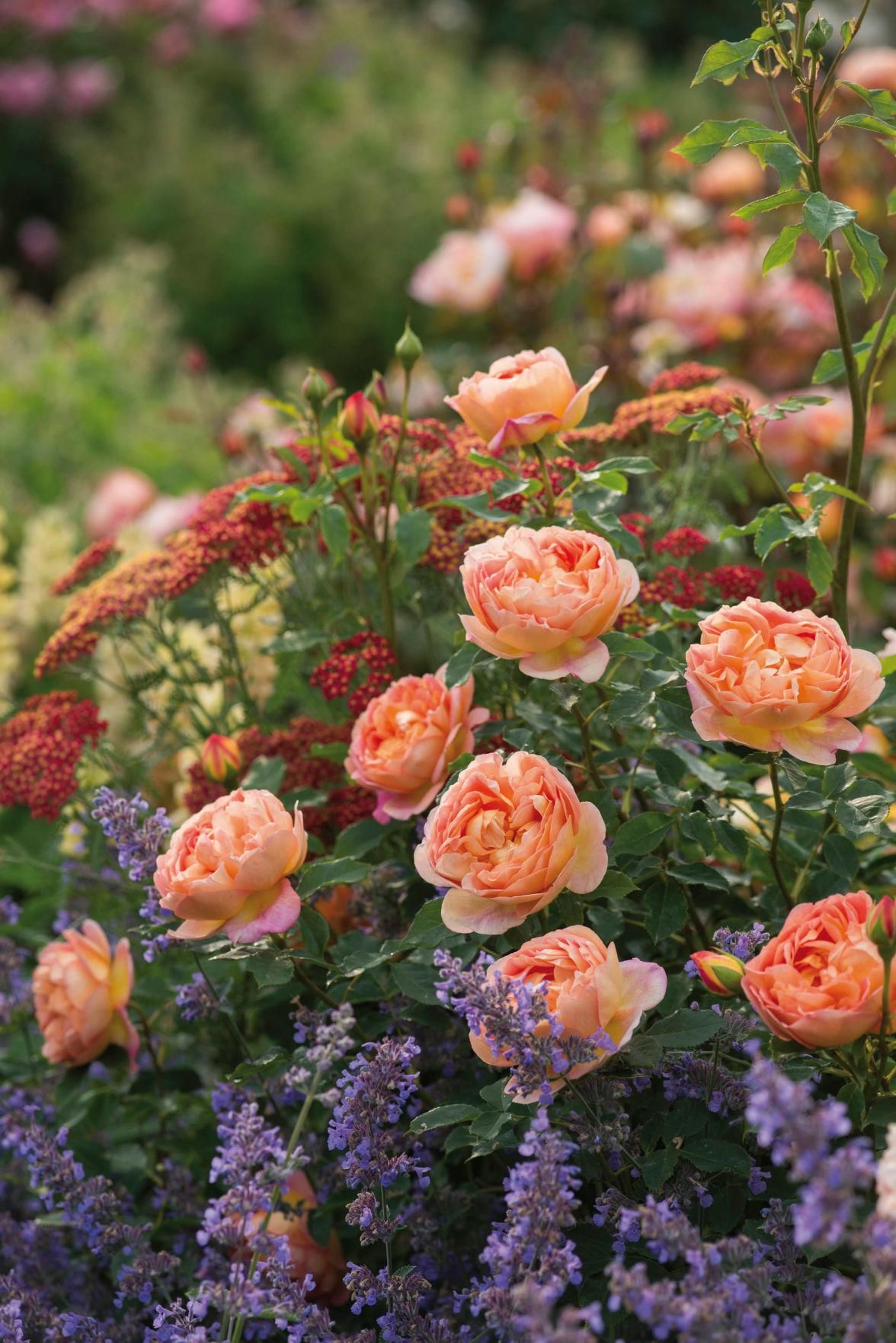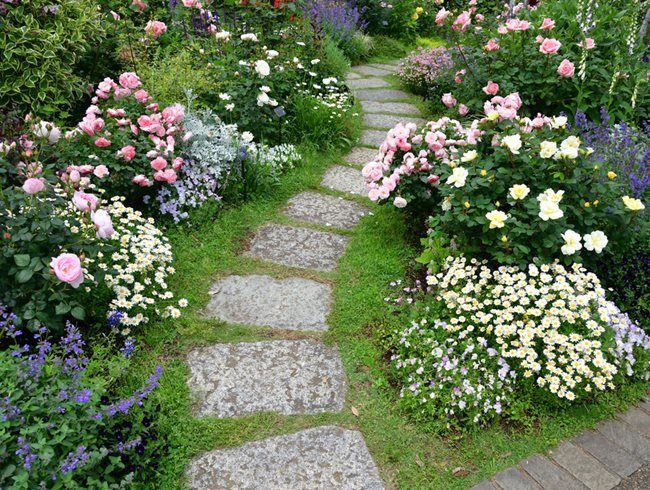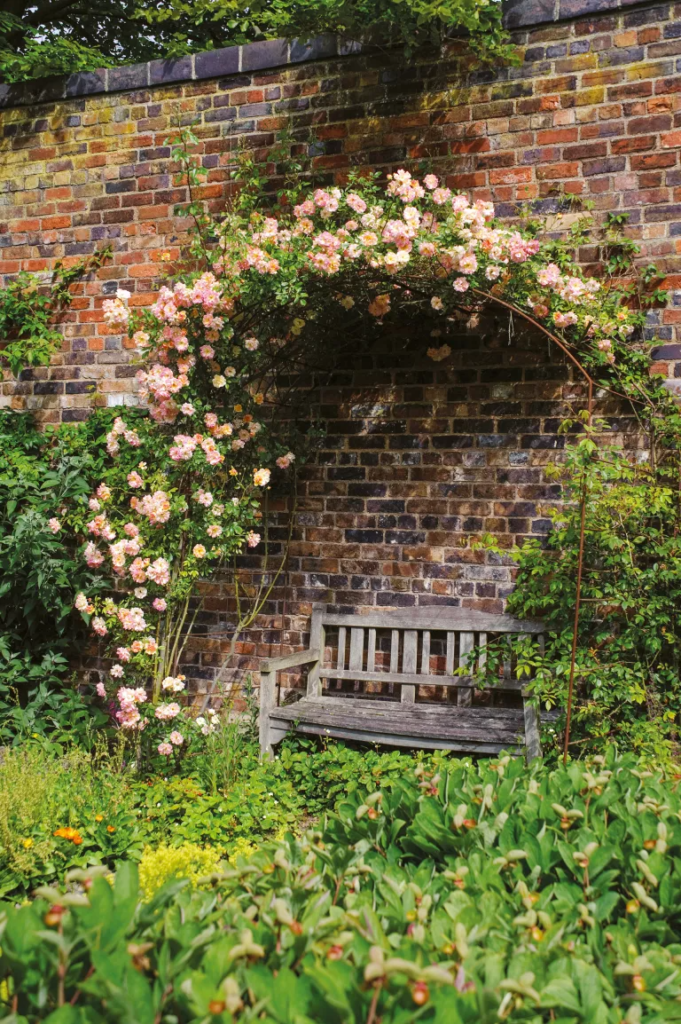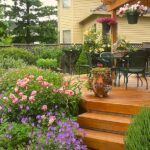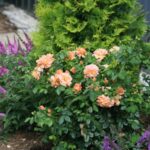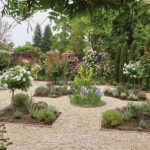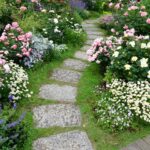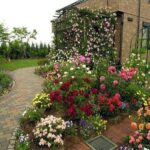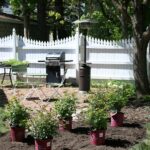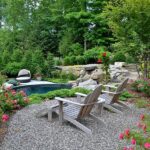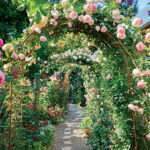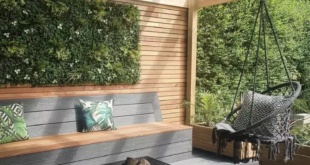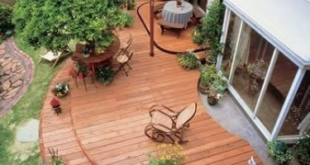Rose gardens are a classic and timeless addition to any landscape, providing a beautiful and fragrant focal point that is sure to impress visitors. When designing a rose garden, there are several factors to consider in order to create a stunning and functional space that will thrive for years to come.
The first step in designing a rose garden is to carefully select the location. Roses require at least six hours of direct sunlight per day, so it is important to choose a spot that receives adequate sunlight. Additionally, roses prefer well-drained soil, so be sure to select a location that is not prone to standing water. Consider the overall layout and flow of your garden, as well as any existing structures or trees that may impact the sun exposure and soil conditions.
Once you have selected a location for your rose garden, it is time to choose the types of roses you would like to plant. There are countless varieties of roses available, each with their own unique colors, shapes, and fragrances. Consider the overall aesthetic you are trying to achieve, as well as the maintenance requirements of each type of rose. Hybrid tea roses are popular for their classic shape and large blooms, while shrub roses are known for their hardiness and disease resistance.
When planning the layout of your rose garden, consider incorporating pathways, seating areas, and other decorative elements to enhance the overall design. Pathways can help define the space and provide easy access for maintenance tasks, while seating areas can create a peaceful retreat where you can enjoy the beauty and fragrance of your roses. Consider adding trellises or arbors for climbing roses, as well as decorative elements such as sculptures or water features to add interest and variety to your garden.
In terms of maintenance, roses require regular care to ensure they thrive and continue to bloom year after year. Proper watering, fertilizing, and pruning are essential tasks that should be completed regularly to keep your roses healthy and vibrant. Mulching can help retain moisture and suppress weeds, while also providing insulation for the roots during extreme temperatures. Regularly inspect your roses for pests and diseases, and take prompt action to address any issues before they can spread.
With careful planning and attention to detail, you can create a stunning and fragrant rose garden that will be the envy of your neighbors. Whether you prefer a formal design with neatly manicured hedges and pathways, or a more naturalistic approach with wild roses climbing over rustic arbors, there are endless possibilities for creating a beautiful and functional rose garden that will bring you joy for years to come.
 yishifashion Where Outdoor Dreams Become Reality
yishifashion Where Outdoor Dreams Become Reality
